Difference between revisions of "Enabling Flash in your browser"
| Line 26: | Line 26: | ||
--> | --> | ||
===[[Explanation of how to add the Registry key manually with regedit|Edit the registry manually]]=== | ===[[Explanation of how to add the Registry key manually with regedit|Edit the registry manually]]=== | ||
| − | Page which gives Instructions to add the | + | Page which gives Instructions to add the registry key manually, using regedit. |
<!--==Without using the registry== | <!--==Without using the registry== | ||
| Line 40: | Line 40: | ||
If you don't have Flash of course you will need to get it. Assuming you do have Flash and that Chrome is blocking it, the ways I have found to temporarily enable it are as follows: | If you don't have Flash of course you will need to get it. Assuming you do have Flash and that Chrome is blocking it, the ways I have found to temporarily enable it are as follows: | ||
--> | --> | ||
| + | |||
==Method 2 - In the Chrome settings dialog== | ==Method 2 - In the Chrome settings dialog== | ||
Revision as of 12:21, 13 September 2019
Why is this necessary?
Some browsers have changed the default settings to block Adobe Flash lately. This page explains how to enable Flash so that you can use ACP in your browser. We apologize for this, and we are working hard on finding a replacement for Flash.
Enabling Flash in the Chrome Browser
Chrome has started blocking Flash by default. If you are comfortable with editing your registry setting, you can add a key to your registry will allow you to permanently use flash with Chrome with the ACP website. If you don't want to edit your registry you can use one of the other methods, which will require you to enable flash every time you start a new Chrome session.
Method 1 - Use a registry setting to permanently enable Flash for ACP
Easiest way - Using the registry key provided
- Download the registry key file here chrome.reg
- Double click on the chrome.reg file.
- You will probably need to clear a few warning messages.
That's it, Flash for Chrome should be permanently enabled for the ACP website.
Edit the registry manually
Page which gives Instructions to add the registry key manually, using regedit.
Method 2 - In the Chrome settings dialog
1: In Chrome, enter this URL:
chrome://settings/content/flash
{Or you can go to the 3 dots to the top right, and select Settings -> Advanced -> Privacy and Security -> Site Settings -> Flash}
2: Once in the flash dialog, slide the control for Flash to the right to the "Ask first" setting.
When you go back to the ACP sign in page you should be able to Click on the Enable/Get Flash link and be able to use ACP. You will be asked if you want to enable Flash every time you start a new Chrome session.
Method 3 - from the Chrome secure connections popup
1: When you open the ACP sign in page, you should see a security padlock icon to the left of the URL - using your mouse, right click on it.
2: In the "Connection is secure" popup, click on the pulldown menu for Flash - which will probably say "Block (Default)" - and select "Allow".
3: Close this popup. There should be a message bar at the top of Chrome window with the message "To apply your updated settings to this site, reload this page".
4: Press the [Reload] button
This should direct you to ACP. Chrome will remember the setting for the remainder of the session.
Enable Flash in the Edge browser
1: Launch Microsoft Edge and click the “three dots” on the top-right of the browser.
2: Click “Settings” at the bottom of the fly-out.
3: Towards the bottom, click “View advanced settings.”
4: Enable Flash Player by moving the slider from the Off position to the On position.
Enable Flash in the Firefox browser
1: Launch Firefox and go to the ACP sign in page.
If Flash is not enabled you will get a prompt like this which you should click to enable flash.
Expected: Another message asking if you want to allow Flash for this site.
2: Click [Allow]
Expected: You should be directed to the ACP sign in page.

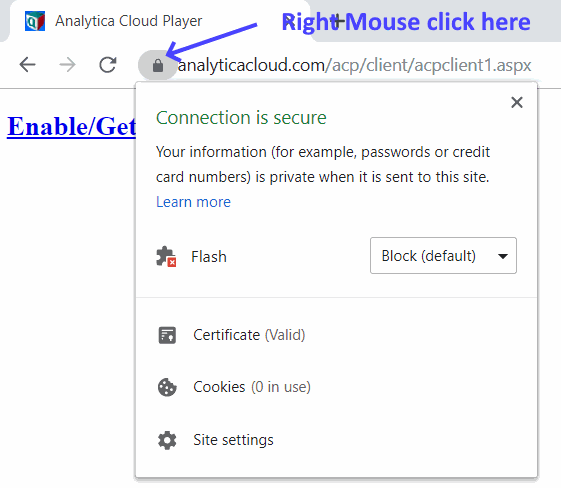
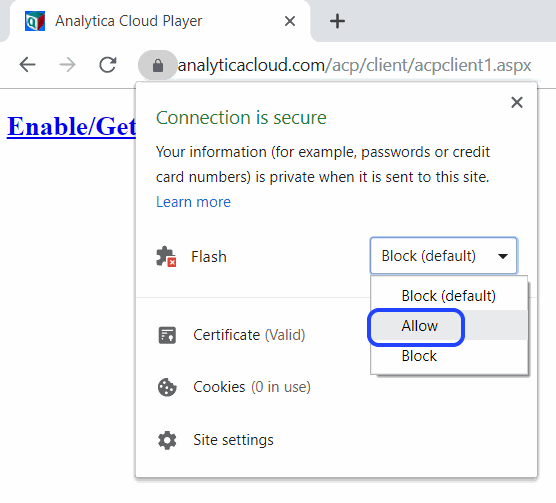
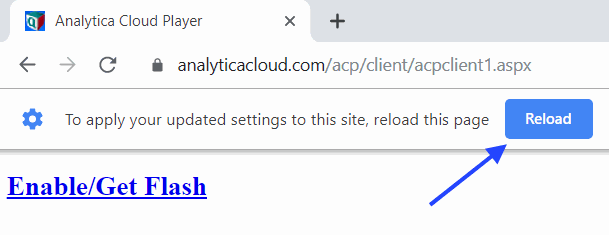
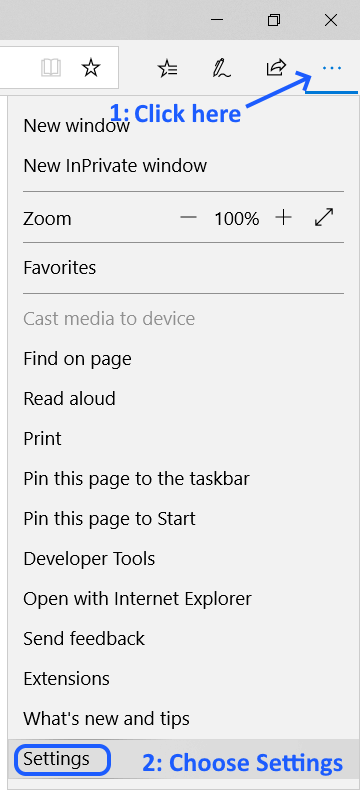

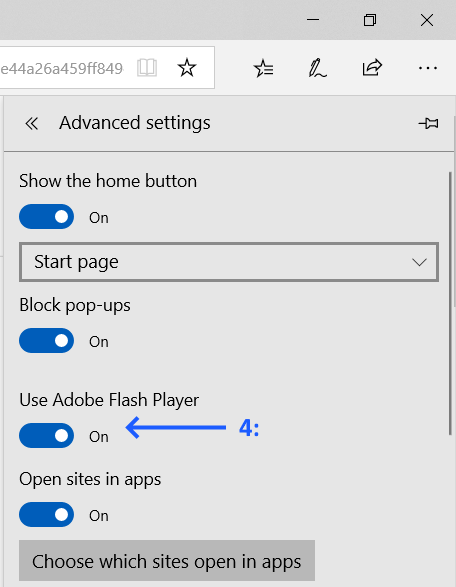
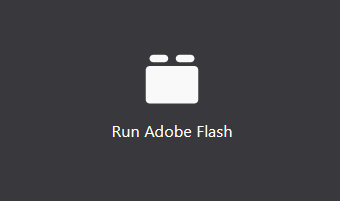

Enable comment auto-refresher